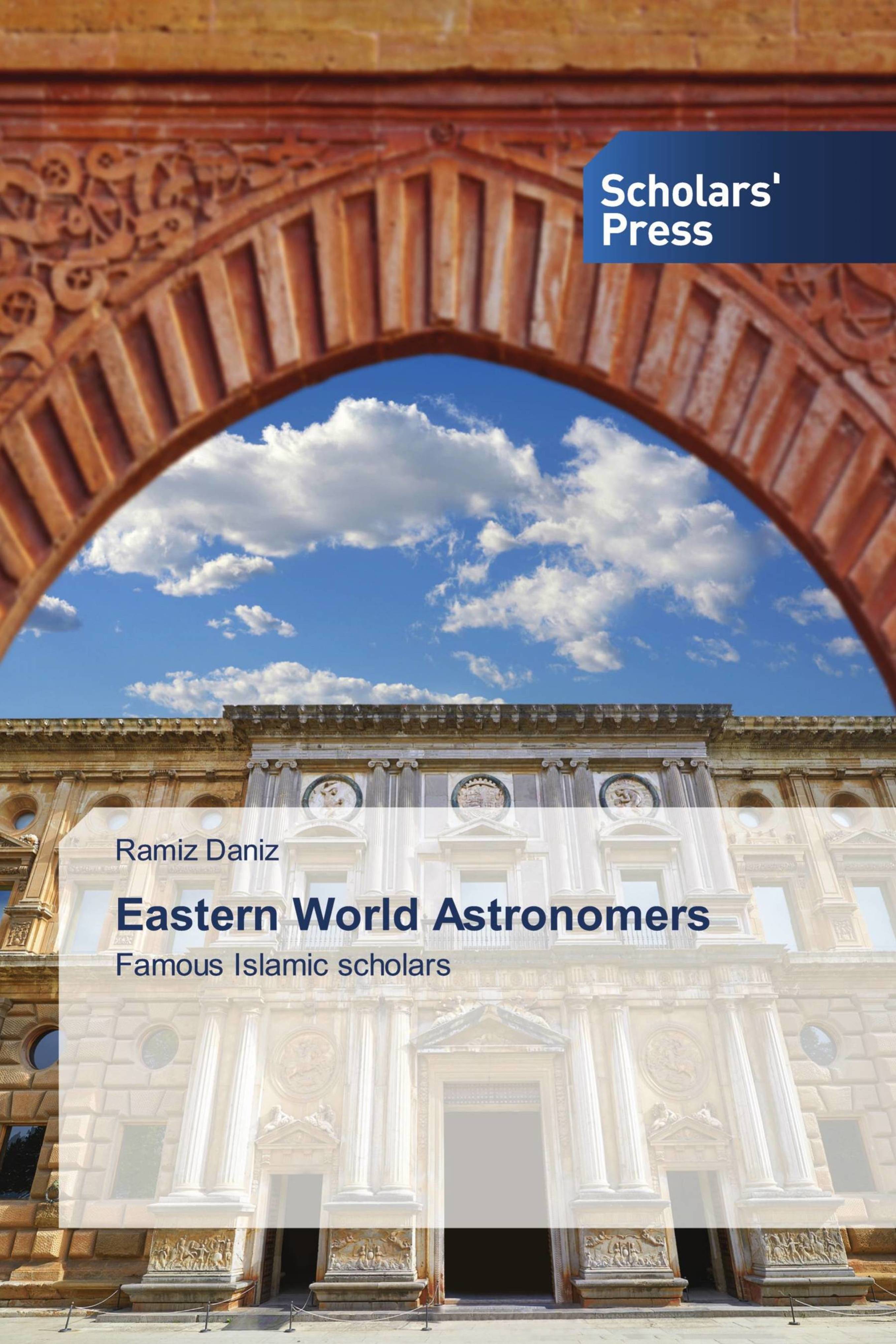- 中图分类号: P1
- 语种: ENG
- 出版信息: Scholars' Press 2020 72页
- EISBN: 9786138927112
- 原文访问地址:
KG评星
知识图谱评星,是一种基于用户使用的评价体系,综合图书的评论数量、引文数量、Amazon评分以及图谱网络中节点的PageRank值(即考虑相邻节点数量和重要性)等多种因素计算而得出的评价数值。星级越高,推荐值越高。CAT核心级
核心学术资源(CAR)项目作为教图公司推出的一项知识型服务,旨在打造一套科学、有效的图书评价体系,并协助用户制定相应的馆藏建设方案。CAR项目调查和分析12所世界一流大学的藏书数据,以收藏学校的数量确定书目的核心级,核心级越高,代表书目的馆藏价值越高。选取核心级在三级以上,即三校以上共藏的图书作为核心书目(CAT)。Western Europe was a depressing picture in the early Middle Ages. Usually considered a grim failure in the history of science, which at that time was under the full power of religion. In Europe, it was the power of Christianity.Although Western Europe was connected to the Byzantine Empire, it borrowed much more from the Arabs than the Byzantines. The contrasts between Europeans and Arabs were deep fear and admiration, mixed with recognition of Arab superiority. By the end of the 11th century, at the time of the conquest of Toledo (1085), the final conquest of Sicily (1091) and the fall of Jerusalem (1099), fear was much weaker than white. Perhaps it was precisely this circumstance that allowed Europeans to focus on what they admired in Arab spiritual culture. Maybe they would have studied Arabic science even if they had not had these military successes, but the fact remains that it was in the 13th century that European scientists interested in science and philosophy realized how much they had to learn from the Arabs, and began to study the main Arabic works, as well as translate them into Latin.







 京公网安备 11010602104826号
京公网安备 11010602104826号
